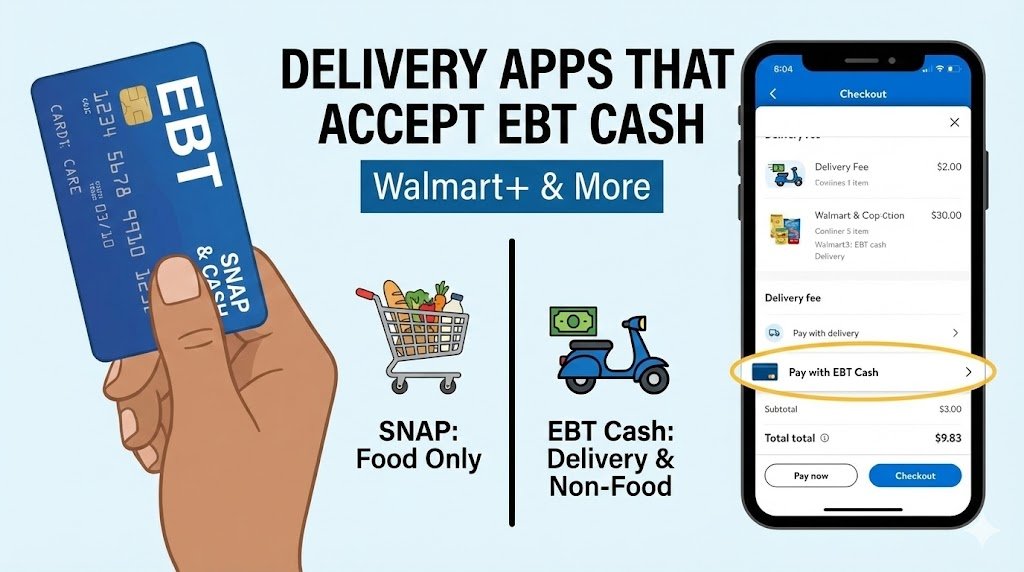Executive Summary
While often disguised as harmless “pranks,” call and SMS bombing tools, such as those offered by CallBomber.in, pose significant threats. This article delves into the functionalities of such websites, their deceptive nature, and the severe legal and psychological consequences they entail under Indian law. Far from being innocuous fun, these actions constitute serious criminal offenses. We will also explore the proactive measures individuals can take for protection and the robust reporting mechanisms available in India to combat this growing form of cyber harassment.
1. The Deceptive World of CallBomber.in
CallBomber.in positions itself as a provider of a “Fastest Call Bomber” for “fun purposes only,” claiming global functionality and ease of use. However, a closer look reveals a concerning lack of transparency. Key links such as “Privacy Policy,” “Terms,” and “Contact US” are often inaccessible, undermining any claim of legitimate operation. This opacity suggests a deliberate attempt to evade accountability, especially given the site’s disclaimer of “no responsibility for any misuse.” Such disclaimers are legally dubious when users cannot access the full terms they are supposedly agreeing to. The discrepancy between bold claims and inaccessible features highlights a deceptive environment, potentially concealing the true scope of their “bombing” services.
2. Unmasking Call and SMS Bombing: Beyond the “Prank”
Call and SMS bombing involve flooding a target’s phone with an excessive number of calls or text messages using automated tools. These attacks can range from random disruptions to highly targeted harassment, often driven by revenge or cyberbullying. More insidious forms include verification code floods, designed to disrupt legitimate services, and phishing SMS bombing, aimed at stealing personal information through fraudulent links.
The impact on victims is far from trivial. Psychologically, it can lead to paranoia, sleep disturbances, and hyper-vigilance. Emotionally, victims often experience fear, anxiety, anger, and significant stress. Operationally, these attacks can degrade phone performance, rapidly drain battery life, and interfere with critical security verifications. The “prank” narrative employed by such websites is a dangerous semantic deception, misleading users into believing their actions are inconsequential when they are, in fact, engaging in criminal behavior.
3. The Legal Hammer: Ramifications in India
In India, using or operating a call bomber is a serious criminal offense, with comprehensive provisions under the Indian Penal Code (IPC) – now largely replaced by the Bhartiya Nyaya Sanhita (BNS) – and the Information Technology (IT) Act, 2000.
3.1 Criminal Offenses under IPC / BNS:
- Criminal Intimidation (IPC Sec 503, 506, 507 / BNS): Threatening harm or instilling fear, especially anonymously, can lead to imprisonment of up to 7 years.
- Stalking (IPC Sec 354D / BNS Sec 78): Repeated unwanted contact through calls or messages is punishable with imprisonment up to 3 years for a first offense.
- Insulting Modesty of a Woman (IPC Sec 509 / BNS Sec 75): Obscene calls or messages, or acts intended to insult a woman’s modesty, carry penalties including imprisonment.
- Hoax Bomb Threat Calls (IPC Sec 177 / BNS): Making false bomb threats can lead to imprisonment and fines, with more severe penalties under consideration for specific targets like airports.
3.2 Cybercrime Provisions under the IT Act, 2000:
- Damage to Computer Systems (IT Act Sec 43): Disrupting phone functionality through unauthorized means can result in compensation up to ₹1 Crore.
- Violation of Privacy (IT Act Sec 66E): Using calls or recordings without consent is punishable with imprisonment and fines.
- Distribution of Cybercrime Tools (IT Act, Abetment): Operating or distributing tools like call bomber websites is strictly prohibited and can lead to imprisonment for up to 7 years and fines, directly implicating the operators of CallBomber.in.
- Government Authority (IT Act Sec 69): The Indian government has the power to intercept, monitor, and block content, including taking down websites that facilitate cybercrime.
The comprehensive nature of Indian law means that both users and operators of call/SMS bombing tools face substantial legal risks, and disclaimers are unlikely to provide a shield from prosecution.
4. Your Shield: Protection and Prevention
Protecting yourself from call and SMS bombing requires a multi-pronged approach:
- Limit Personal Information: Be cautious about sharing your phone number online or with unknown contacts.
- Activate Do Not Disturb (DND): Register your number on India’s National DND Registry by sending “START 0” to 1909 to reduce unwanted commercial calls.
- Use Anti-Spam Apps: Utilize applications like Truecaller to identify and block known spam and harassment numbers.
- Block Unknown Numbers: Proactively block suspicious international or unknown numbers using your phone’s built-in features.
- Recognize Attack Signs: Be aware of a sudden deluge of messages, especially verification codes, as a sign of an attack.
The continuous evolution of harassment tools has spurred a technological arms race, with telecom providers and tech companies developing sophisticated solutions like AI-powered spam filters, STIR/SHAKEN for call verification, and “Protect Your Number” services that provide proxy numbers to shield personal details.
5. Take Action: Reporting and Redressal in India
If you are a victim of call or SMS harassment, it is crucial to take action:
5.1 Steps to File a Complaint:
- Collect Evidence: Gather screenshots of calls/messages, note dates, times, and numbers. Do not delete any records.
- Choose Your Channel: Report spam/marketing calls to the TRAI DND Portal. For threats, abuse, or fraud, use the National Cybercrime Portal or contact your local police.
- File a Formal Complaint: Use the appropriate online portal or visit a police station to file a formal complaint (FIR for serious cases).
5.2 Key Authorities & Helplines:
- Police: Dial 112 for immediate assistance and to file an FIR for serious harassment.
- National Cybercrime Helpline: Call 1930 for all types of cybercrime complaints.
- Women’s Helplines: Dial 1091 or 181 for dedicated support for women facing harassment.
- TRAI DND: Call 1909 to report persistent spam calls after DND activation.
India’s government and telecom industry have implemented a robust strategy to combat telecom fraud and cybercrime, including the Digital Intelligence Platform (DIP) for streamlined data exchange, AI and Big Data tools for fraud detection, and extensive public awareness campaigns. This multi-faceted approach ensures that victims have multiple avenues for redressal and that the operational environment for illicit tool operators is increasingly hostile.
6. Conclusion
The analysis of CallBomber.in underscores a critical disparity between the perceived harmlessness of “pranking” tools and their severe legal and psychological consequences. These are not benign activities but criminal offenses under Indian law, carrying substantial penalties. India’s comprehensive legal framework, coupled with advanced technological initiatives and public awareness campaigns, creates a robust defense against such cyber harassment. For individuals, a combination of proactive protection measures and prompt reporting through established channels is paramount to safeguarding digital well-being in an evolving threat landscape. Legal awareness and continuous adaptation are key to mitigating the risks posed by malicious online tools.

